The recommended thickness of a concrete layer should be between 1 and 2 inches. Some people will even reach a thickness of ¼ inch, which is still sufficient according to their needs. If you place a 2-inch overlay, you will need a very rough surface on the existing slab. Make sure the surface is rough enough.
The typical acceptable thickness for many contractors is between ¼ and 2 inches thick. Technically, concrete overlays can be as thin or thick as you want. However, the best thickness to work with may depend on the type of overlap you choose to work with. A concrete screed is designed and designed to be very thin.
On average, the minimum recommendation for its thickness should be around 1 to 2 inches or so. This is the amount of thickness necessary for a fully adhered layer of concrete to be placed on a slab that will serve as a base. The minimum thickness for pouring concrete onto concrete is 1.5 inches. In most cases, I don't like pouring new concrete less than 2 inches thick.
The superimposed layers of concrete are applied to a minimum depth, usually between 2 and 4 mm thick. The inclusion of other ingredients such as aggregates and cement powder gives the coating a tensile strength slightly less than 10,000 psi. If the slab sounds solid and it is difficult to further damage the slab with moderate hammer blows, existing concrete is probably an excellent candidate for an overlay. It is important that a sufficient amount of cement is added to the coating mixture to withstand the freeze-thaw cycles that will occur in the winter months.
You can install a concrete coating system over cracked concrete, however, there are a number of things you should know before doing so. Finally, you can prevent the concrete layer from cracking by waterproofing the substrate floor to prevent moisture vapors. Overlapping on cracked concrete does not guarantee that cracks will not appear through the new coating system. On the other hand, superimposed layers of concrete can be poured directly onto any existing subfloor without the need for major modifications or anything like that.
That is why, if there are any problems on the concrete floor that are not addressed when making repairs, it will soon manifest as a crack in the overlay. Overlays are useful to protect existing concrete from further deterioration due to weather and traffic load. New concrete should be thick enough to stand on its own, but not so thick that it is difficult to walk on. There are many things that could have gone wrong that probably caused the wear surface of the concrete to fail, but the good news is that there is a repair method that will produce beautiful and long-lasting results.
When you pour the new concrete on Weld Crete, you activate it and bond the new concrete to the old one. If desired, thicker concretes can be used; however, there are limitations depending on the type of reinforcement used in the original concrete work. And remember, if your new concrete pour is less than 3 inches thick, you'll want to BOND the new concrete to the old concrete with a bonding agent.
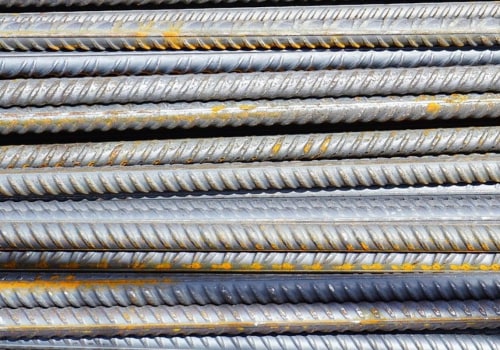
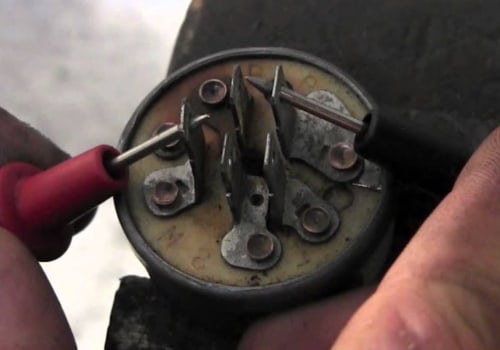
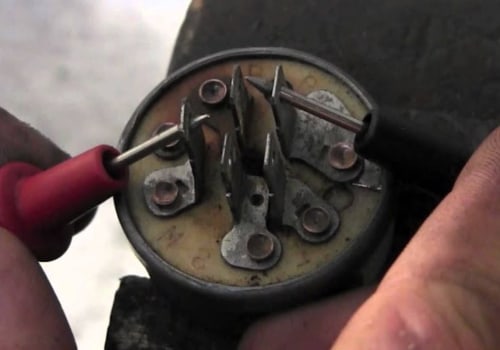
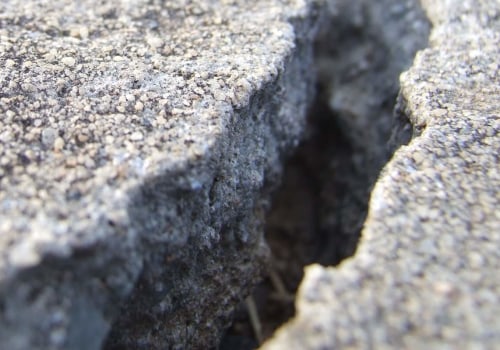
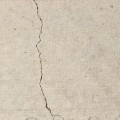

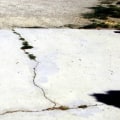
Leave Reply